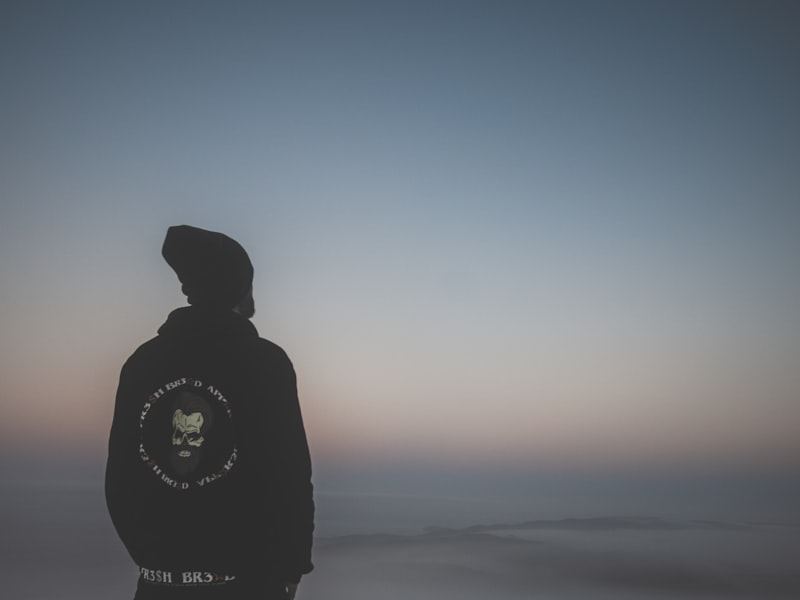What NOT To Do In The Kids Bunk Bed Industry

Bunk Beds - A Fun and Practical Way to Furnish Your Kid's Room
Bunk beds are a great option for furnishing your child's space. They're both fun and practical. They're perfect for kids who love to play games, build forts or use them as a homework refuge.
Some styles even have built-in desks and shelves which can be used to store extra items. Although these styles come with cost-plus, they're well worth the price when you consider how convenient they are for your child.
1. Extra Space
While bunk beds are typically thought of as a design for children, their ability to make space is what is a great benefit for many rooms. They can also be used to make a tiny room appear bigger, and they can be an effective way to organize and store furniture.
You can pick from a variety of styles, depending on your needs. Some designs offer additional storage options, including dressers and drawers. Others are designed to maximize the space in your bedroom while providing plenty of sleeping room.
If you are looking for a bed that offers plenty of storage space, you should look for three-bunk beds equipped with drawers beneath the bed. They can help you remove clutter from your bedroom for your child, making it easy for your child to keep their bedroom tidy.
Another option is hidden bunk beds that are stowed away against the wall when they are not in use. These are ideal for small rooms and often include a desk that can be tucked away when not in use.
These are a great option for rooms that perform double-duty, such as an office at home that can be transformed into a guest room when guests visit. The bottom bunks can be removed from the wall to create a space that can be used as a seating area, or as a platform to hold books or other ornamental items.
Think about a bunk bed that has either a twin or full size mattress if you want to give your child plenty of sleeping space. This will give your child more space to relax and stretch out, and it will enable your child to sleep comfortably in their new bedroom.
2. Convenience

Bunk beds are an ideal method of creating extra space in your child's room. They are built with a sturdy frame to support two or more bunks and typically come with an incline or ladder to access the top bed. They also have guard rails to avoid the risk of injury and falls to sleepers.
Another benefit of bunk beds is that they can be stacked and converted into two separate beds easily. This is an excellent option for parents who have children with lots of toys and play equipment.
Bunk beds are available in a variety of styles and colors. They can be traditional, with darker woods or details, or more modern with more sleek lines.
They are an excellent choice for families with limited space and are perfect for sleepovers that are cozy. They are also ideal for those who wish to make the most of their living space in dorms or short-term apartment.
When purchasing bunk beds, be sure you read the directions carefully. They will provide you with all the details you require about the bunk bed including safety tips.
Ask the salesperson for assistance in finding a bunk bed that fits your family's budget and needs. This will help you save a lot of time and ensure you find the perfect bed for your kids.
When you have purchased your bunk bed, instruct your children to climb the ladder in a safe manner and cautiously. Don't allow them to hang anything on the top bunk, as this can lead to strangulation and injury.
3. Fun for the Children
Bunk beds provide a great place for children to play and imagine. With a little imagination, bunk beds can become a private hideaway in which they can play games and read books or just sit back and relax.
A bunk bed fort is a fantastic thing that kids can participate in. By tucking in a sheet over the top bunk of their bed, they can transform their room into a tent with pillows, fairylights and some imaginative play.
Another way to transform a bunk bed into fun space to play is to set up slides. A slide can be set on the side of the bed so that kids can slide down instead of climbing the ladder. This can be an excellent method to give children an extra dose of time to play while saving time in the morning when they can be able to descend to the ground quickly and safely.
To prevent accidents, ensure that your children are well-informed about the proper use of the ladders or bed. Never let your child bounce or play roughhouse on top bunk or use a mattress to rest on it.
It is also essential to put guard rails around the entire perimeter of the bunk. This will help protect children from falling out of the top bunk and causing injuries to themselves.
For extra security For added safety, you should not let your child sleep on the top bunk until they're at least six years old. Children who are not old enough to walk on a ladder or play on an elevated bed are at risk of falling down and getting knocked around.
4. Best Beds for Sleepovers
Bunk beds are great for sleepovers due to their a space-saving solution and different designs. They are suitable for siblings sharing rooms, children of various ages, college students, or any other person who needs to sleep with family or friends.
They're also a great way to save space in guest rooms with a number of kids visiting. You do not want everyone to be squeezed into a twin-sized bed. Many children prefer bunk beds over twin beds when they're sleeping over.
Think about your child's age and the weight they are able to carry when selecting a bunk bed. The top bunk should be strong enough to hold heavy children or teenagers.
Also, think about whether your children will utilize the top bunk for playing. This is a great and easy method to build the perfect castle, fort or pirate ship, or whatever else your children could imagine.
If your child has a specific requirement, such as a disability, a bunk bed with security features could be best for them. You can find bunk beds with stairs, or slides that let your child safely climb the top bunk.
A sturdy railing on the top bunk is a security feature that can prevent younger and older kids from falling out of the bed. If your child is susceptible to sleepwalking rails can be added to prevent them from rolling off the sides of the top bed.
The ideal bunk bed is one that will meet the needs of your children and lets everyone sleep comfortably. There are many options available, so you can choose the ideal one for your kids.
5. Safety
Bunk beds are equipped with numerous safety features to ensure your children's safety as they sleep and play. However, there are a few dangers that can lurk beneath the surface and cause serious injuries if left unchecked.
First and foremost, you should make sure that the bunk bed you purchase is in compliance with the required standards set by your country's safety commission. These guidelines will cover all aspects of design and construction, including the size of gaps and the spaces within the bed.
As well as ensuring the bed is compliant with the law, you should also examine the bed for sturdiness. This is particularly important in the event that your child is sleeping on the top bunk.
You can test it using an elongated block. It's 3.5 and 6.2-inch and is wedge-shaped with an end hook. If the wedge fits through the gap between the guardrail and the top layer of mattress, the bed is unsafe.
The next step is to educate your children on how to use the bunk bed safely. This includes telling them that they should not sleep on the top bunk, and teaching them how to use the ladder properly.
Keep your children away from anything that hangs such as belts, skipping ropes and sports equipment, which could cause strangulation. The last thing to do is ensure that the bed has a latch or safety bolt that binds the bed above to the frame. It should also be difficult to open and close.
The most frequent type of injury that involves bunk beds is falls. double bed bunk of injuries are more frequent among children who are younger. This is because their bodies don't have a clear sense of the amount of space they have in relation to their beds. In fact, studies have found that they're 40 percent more likely to sustain an injury to the head than older children.
